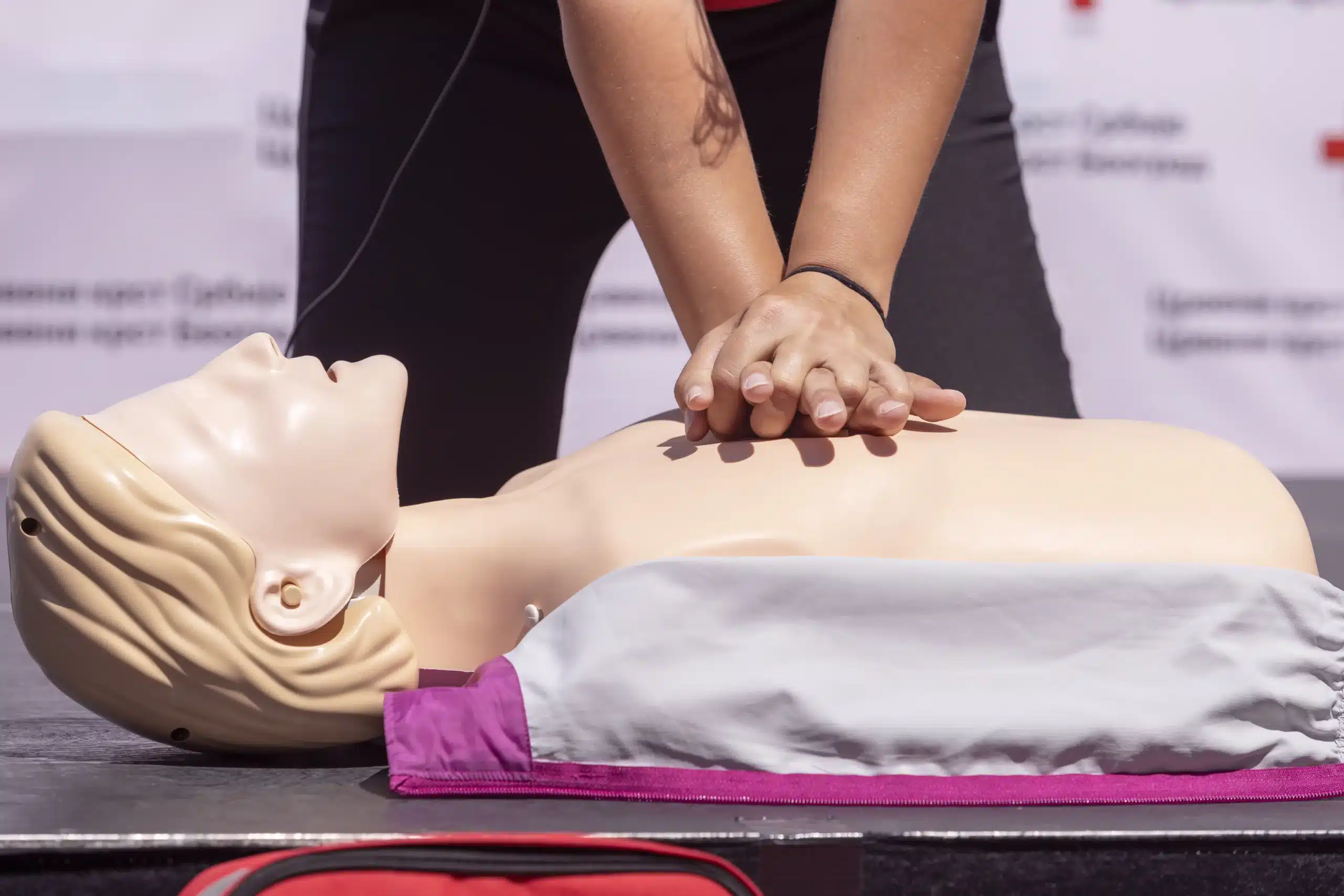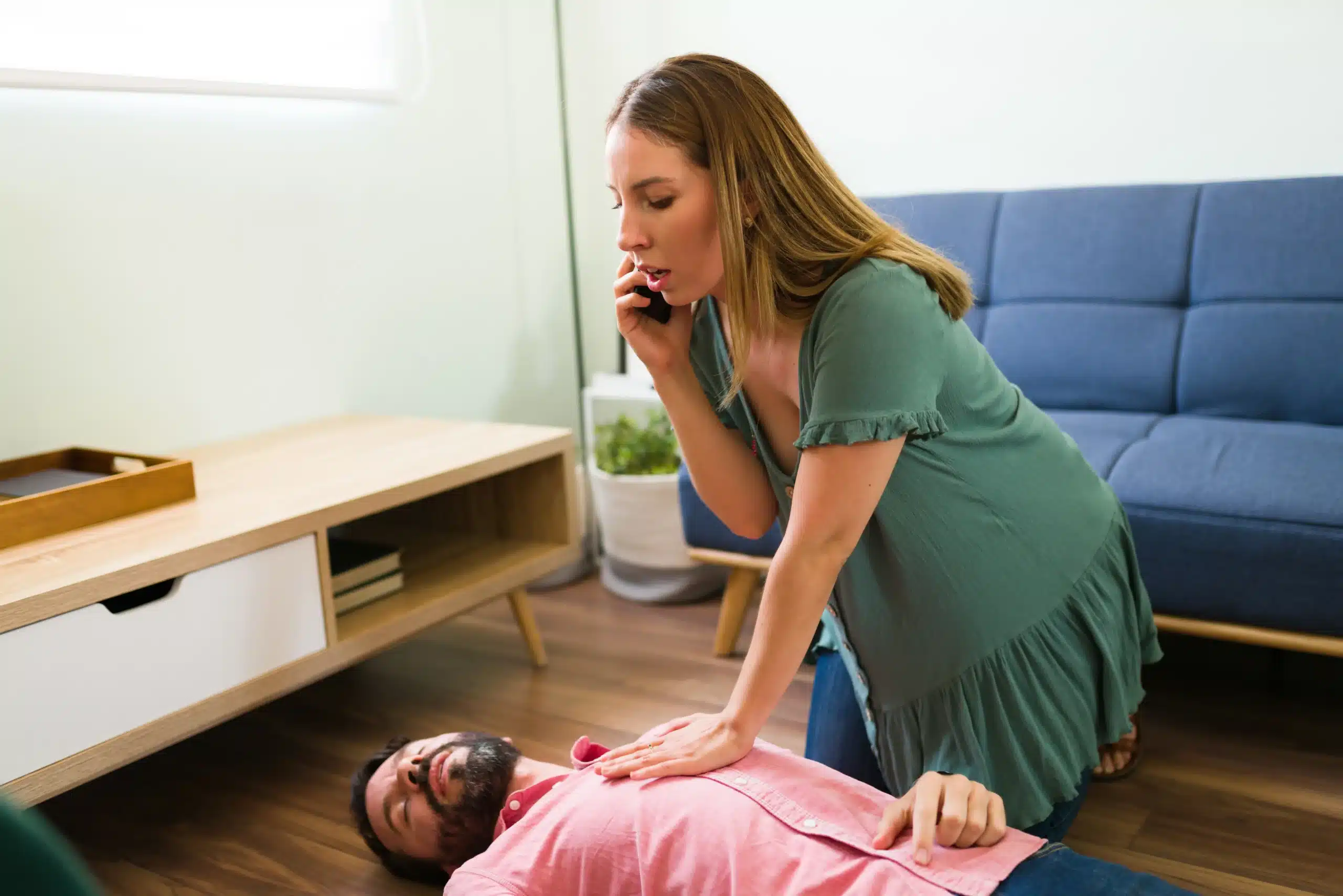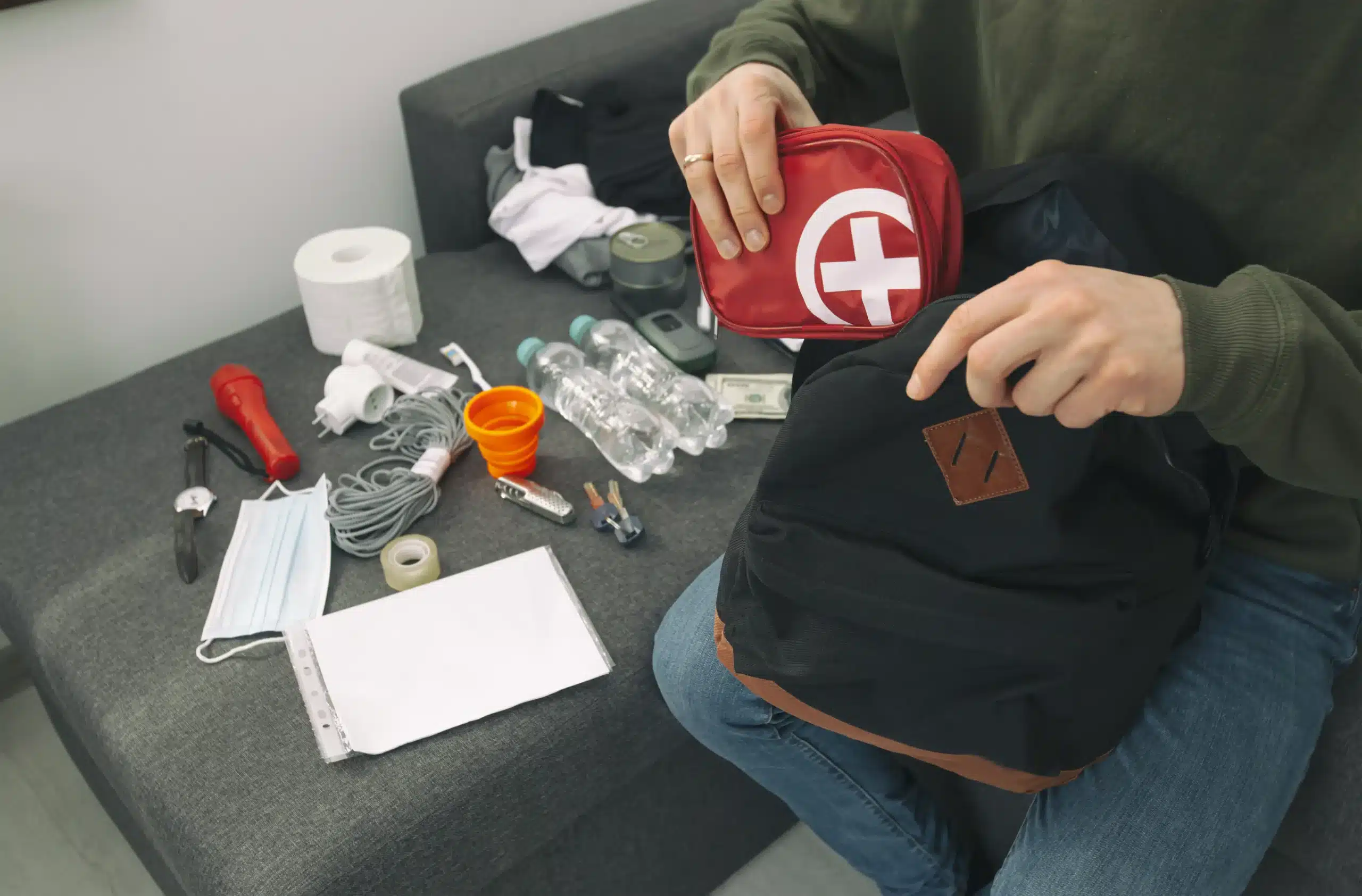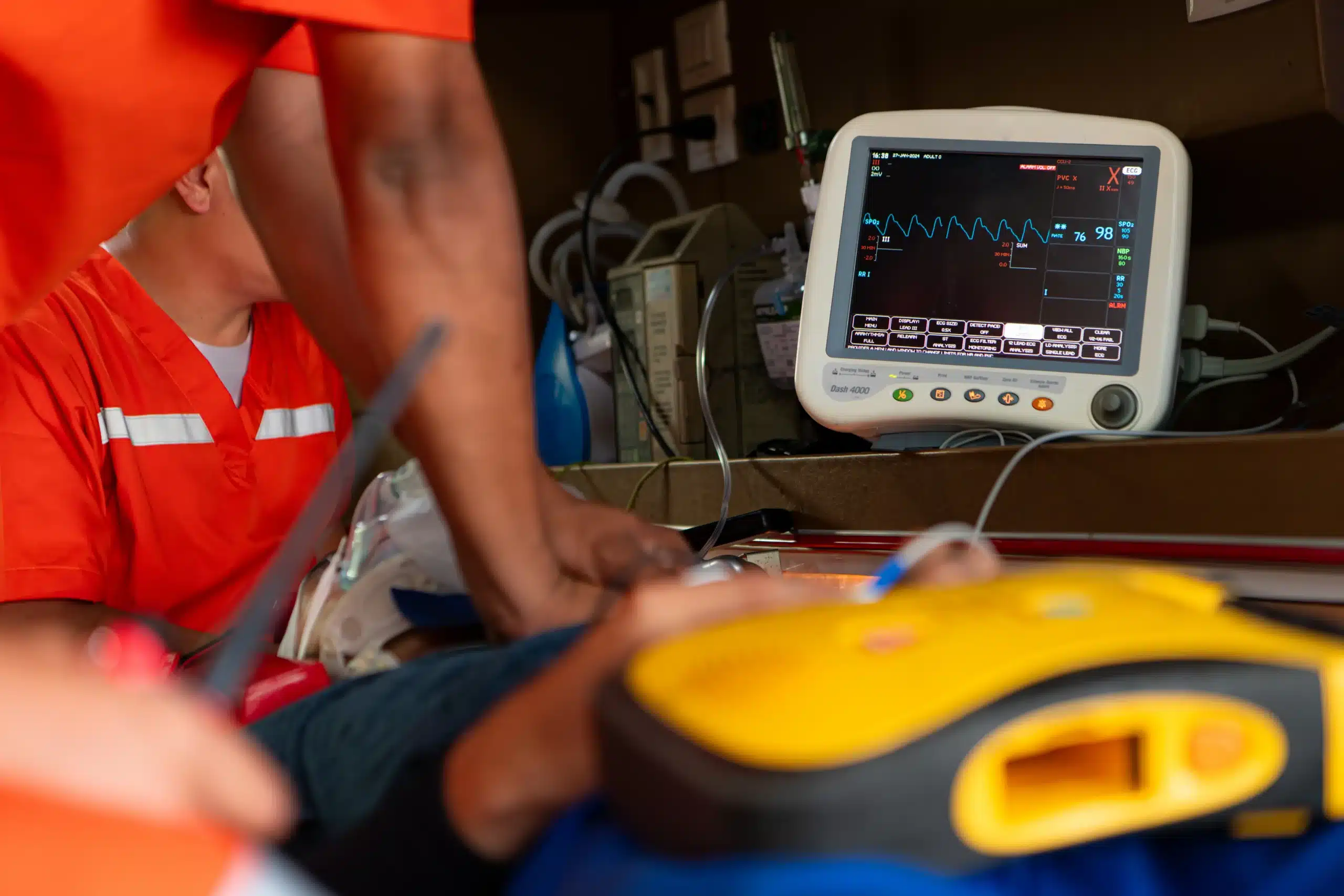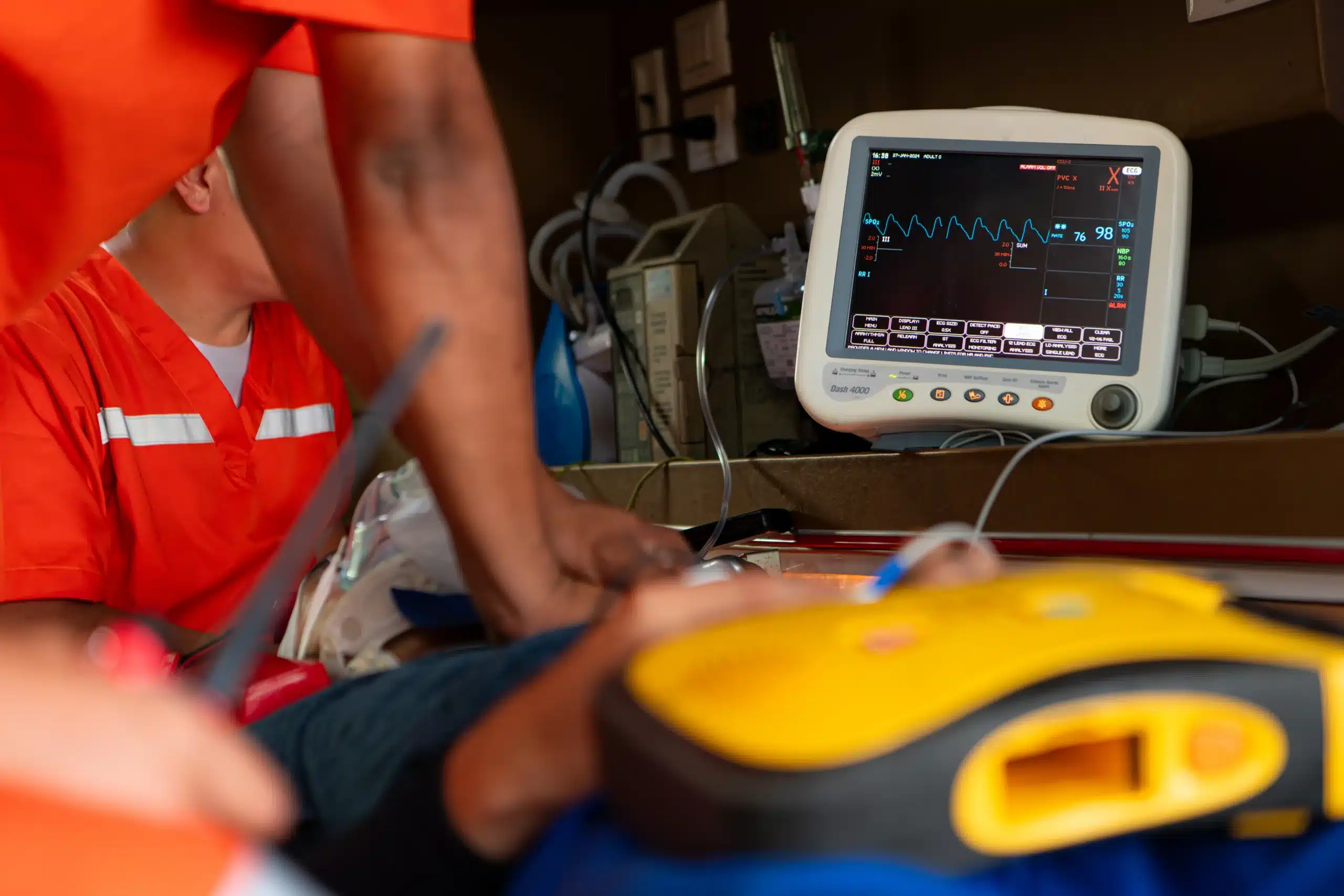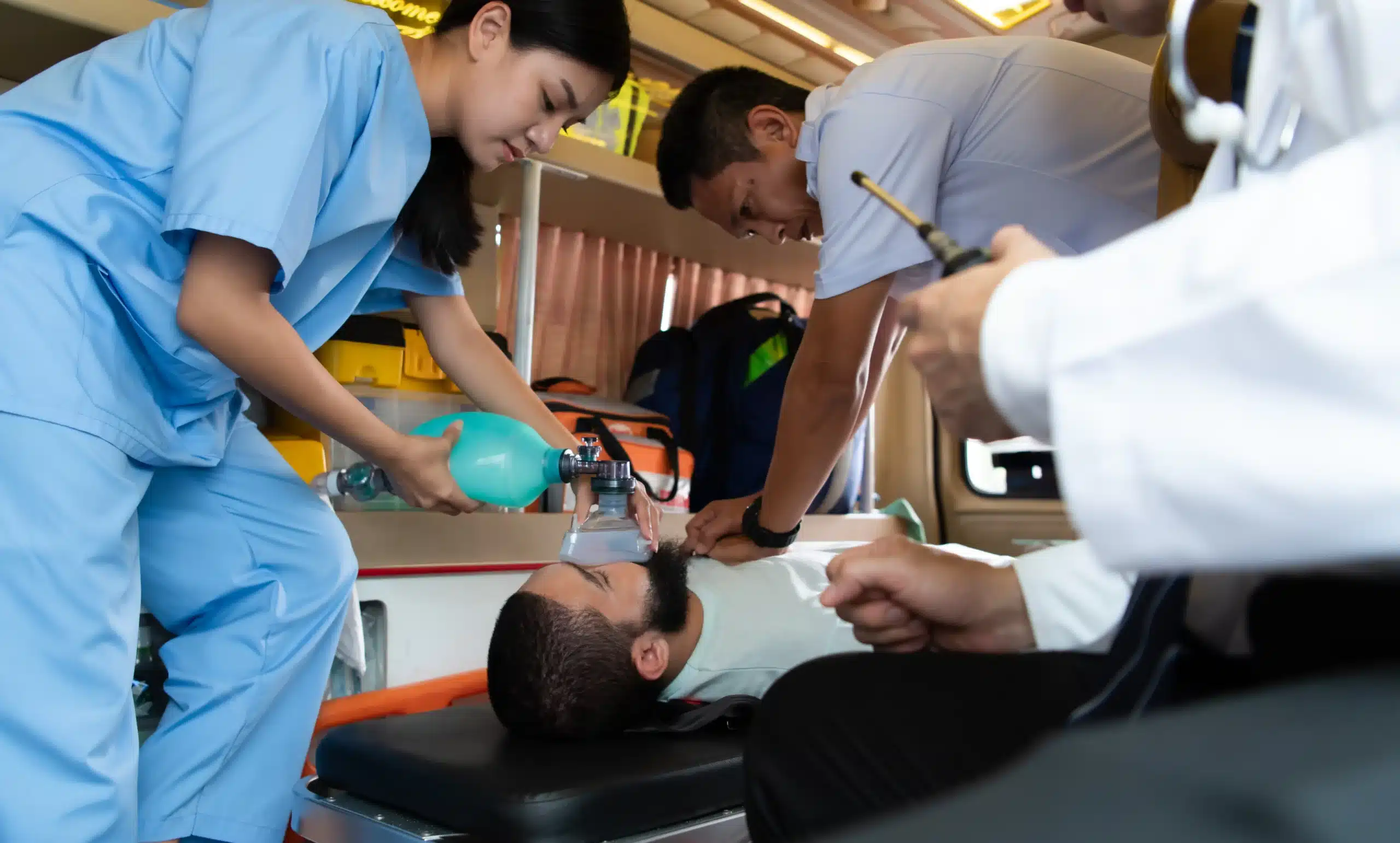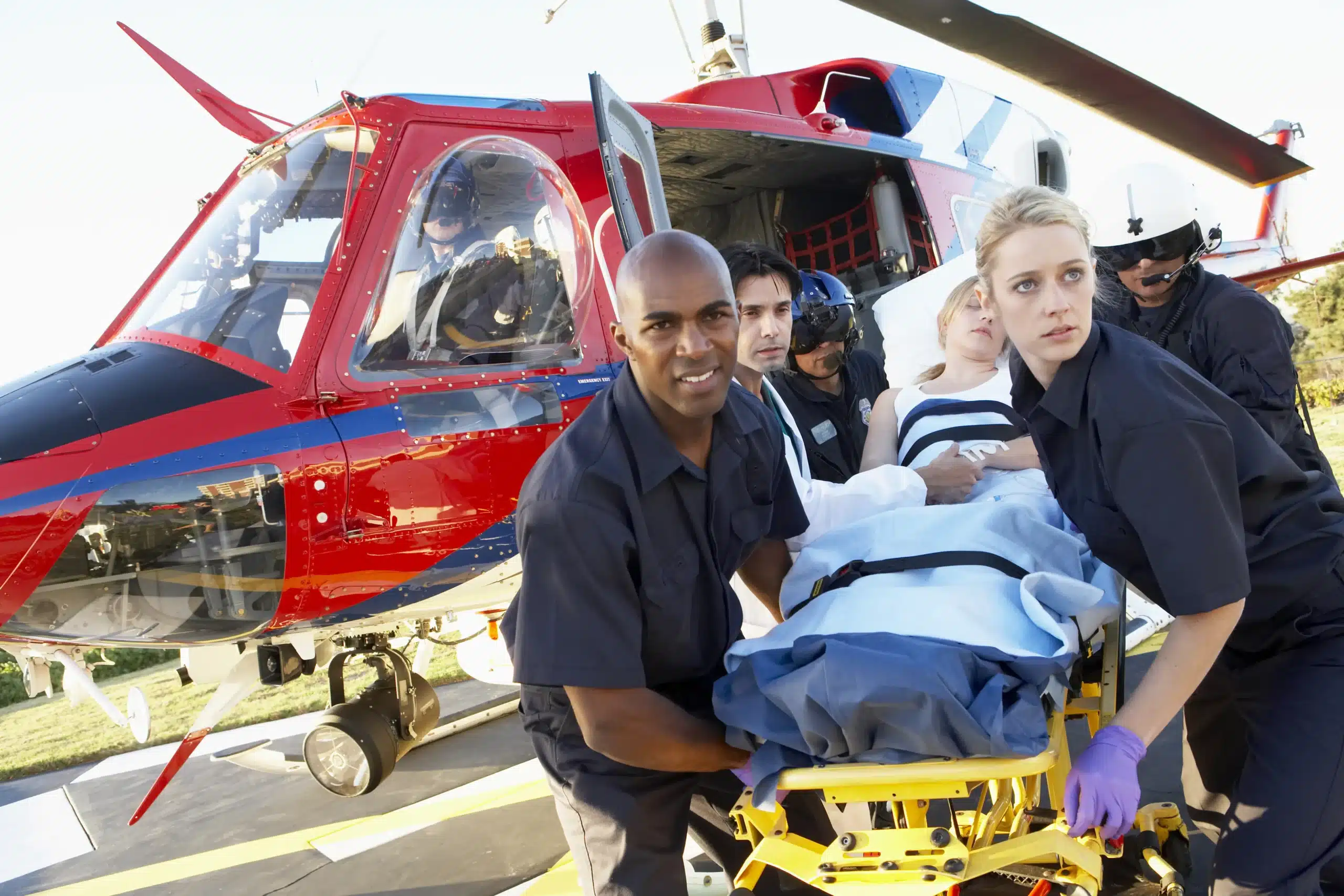Ready to gain a life-saving skill? CPR certification opens doors and empowers you to act in emergencies. But navigating the world of CPR training can feel overwhelming. This guide simplifies the process, explaining different CPR course types, essential skills, and how to find reputable training near you. We’ll explore the pros and cons of in-person vs. online learning, discuss costs and scheduling, and help you find the “CPR courses near me” that best suit your needs and learning style. Let’s equip you with the knowledge and confidence to make a real difference.
Key Takeaways
- Choose the right CPR course: Whether you’re a healthcare provider, childcare worker, or want to be prepared for emergencies, select a course (BLS, ACLS, PALS, First Aid) that meets your specific needs. Look for reputable providers like the AHA or Red Cross, and contact training centers directly with any questions.
- Hands-on practice is key: While online courses offer flexibility, in-person CPR training provides essential hands-on learning and direct feedback from instructors. This practical experience builds the muscle memory and confidence needed to respond effectively in real-life situations.
- Compare courses carefully: Consider factors like cost, schedule, format (online or in-person), and the training provider’s reputation. Explore group discounts if applicable, and confirm your employer’s requirements before enrolling.
What are the Different CPR Courses?
Knowing which CPR course is right for you can feel overwhelming with so many options. This section breaks down common CPR course types and the essential skills you’ll gain. We’ll also cover what’s involved in getting certified and keeping your certification current.
Common CPR Course Types
Rocklin CPR Classes offers a variety of American Heart Association (AHA) certified courses. These courses range from Basic Life Support (BLS) for healthcare providers to CPR and First Aid for the general public. You’ll also find Advanced Cardiovascular Life Support (ACLS) and Pediatric Advanced Life Support (PALS) certifications for specific medical professionals. Many CPR classes in Rocklin are AHA-certified, offering training levels from basic community CPR to advanced courses for healthcare workers. For group discounts, contact Rocklin CPR Classes to learn more.
Essential CPR Skills You’ll Learn
Regardless of the specific course, you’ll learn core CPR techniques. These include adult, child, and infant CPR, how to help someone who is choking, and how to use an automated external defibrillator (AED). BLS certification builds upon general CPR training by focusing on the advanced skills healthcare providers and other emergency responders need. These courses equip you with the knowledge and confidence to respond effectively during emergencies.
Getting Certified and Keeping it Current
Most CPR certifications are valid for two years. Renewal courses are readily available if your certification is expiring or has recently lapsed. Many providers, like the Red Cross, offer online and printable resources to help you refresh your skills between classes. This ongoing practice is key to maintaining proficiency and preparedness.
How to Find Great CPR Training Near You
So, you’re ready to learn CPR? Awesome! Finding the right class is easier than you think. This section breaks down how to find a reputable provider and what to look for when comparing courses.
Checking a Provider’s Reputation and Credentials
First things first: always check credentials. A good CPR training company will be accredited by a recognized organization. Look for providers certified by the American Heart Association (AHA), American Red Cross (ARC), or the National Safety Council (NSC). These organizations maintain high standards and update their guidelines regularly, so you know you’re learning the most current techniques. It’s also smart to see what kind of post-training support a company offers. Things like refresher courses, recertification options, and access to updated resources are a huge plus. Finally, do a little digging into the provider’s reputation. Online reviews can offer valuable insights from past students.
Top CPR Course Providers
Here are a few well-known providers to get you started:
American Heart Association (AHA)
The AHA is a leading authority on CPR training and regularly updates its guidelines for emergency cardiovascular care. Staying up-to-date on these changes is key for effective training, and AHA certification is widely recognized. You can explore their website to learn more about their mission and the importance of CPR training.
American Red Cross
The American Red Cross is another excellent resource for CPR classes. They offer a range of courses and often emphasize convenient scheduling and locations, making it easier to fit training into your busy schedule. Their classes are taught by trained experts, ensuring a quality learning experience. Visit their website to find a class near you.
Rocklin CPR Classes
Rocklin CPR Classes offers a comprehensive selection of AHA-certified courses, including BLS, ACLS, PALS, and First Aid. They serve Rocklin, Roseville, and Sacramento, CA, and offer extensive class schedules in over 60 cities, making it easy to find a class that works for you. Check out their BLS, ACLS, and PALS course pages for more details. They also offer discounts for group classes, which is a great option for workplaces or groups of friends. For any questions, feel free to contact them directly.
Local Training Centers and Hospitals
Don’t forget to check out local training centers and hospitals in your area, too. Many offer CPR classes certified by the AHA, often with various levels from basic community CPR to advanced courses for healthcare providers. A quick online search or a call to your local hospital can help you find these resources. You can also contact Rocklin CPR classes for recommendations.
In-Person vs. Online CPR Training: What’s Best for You?
Choosing between in-person and online CPR training depends on your learning style, schedule, and employer requirements. Both options offer valuable instruction, but they differ in their approach. Let’s break down the pros and cons of each.
Why Hands-On Practice Matters
In-person CPR training shines because of its hands-on practice. You’ll work with a CPR training mannequin, learning the correct hand placement, depth of compressions, and how to give rescue breaths. This physical experience builds muscle memory and confidence—essential for performing CPR effectively in a real emergency. Plus, having an instructor present allows for immediate feedback and personalized guidance.
Perks of Online Learning
Online CPR training offers flexibility and convenience, making it a great option for busy schedules or limited access to in-person classes. You can learn at your own pace, revisiting modules as needed. However, it’s crucial to choose an accredited online course to ensure quality instruction and a valid certification. Look for programs accredited by reputable organizations like the American Heart Association (AHA) or the American Red Cross (ARC). While online courses effectively teach the cognitive aspects of CPR, they sometimes lack the hands-on component.
Employer Requirements and Certification
Before signing up for any CPR course, check your employer’s requirements. Some employers mandate in-person training, especially in healthcare settings. Others may accept online certification for certain roles. Licensing boards may also have specific requirements, so it’s always best to verify what’s accepted in your field. Even if your employer accepts online certification, supplementing it with hands-on practice can significantly boost your confidence and preparedness. Consider contacting your local fire department or community center for practice sessions or refresher courses.
CPR Course Costs, Time Commitment, and Scheduling
So, you’re ready to get CPR certified—fantastic! Now, let’s talk practicalities: cost, time, and how to find a class that fits your schedule.
How Much Do Different Courses Cost?
CPR certification costs vary. Think of it like shopping for anything else: prices depend on the brand, features, and where you buy. You’ll find options ranging from around $50 to $300, sometimes even more, depending on your location and the specific course. For example, CPR Certification Dallas offers CPR-only classes for $59.95 and CPR/First Aid combo classes for $79.95. It’s always a good idea to check with a few different providers, like Rocklin CPR Classes, to compare pricing in your area.
Class Length and Flexible Scheduling
Most CPR courses are designed to be pretty efficient. You can expect a class to last about three hours. This makes it manageable even for busy schedules. Many providers understand that your time is precious and offer flexible scheduling. Rocklin CPR Classes has a variety of class times and days to choose from. Look for a provider that offers weekend or evening classes if those work better for you.
Group Discounts and Deals
If you’re training with friends, family, or coworkers, look for group discounts. Many training centers offer reduced rates for groups signing up for BLS CPR courses, which can be a great way to save money. This is especially helpful for workplaces or organizations that need to certify multiple people. Contact Rocklin CPR Classes to ask about group rates and any other deals they might have. You might be surprised at the savings!
Pick the Right CPR Course
Choosing the right CPR course is easier than you think. By understanding your needs and comparing a few key features, you can find the perfect fit.
What Do You Need for Work or Personally?
First, think about why you’re taking a CPR class. Are you required to get certified for your job? Do you need a specific certification like BLS for healthcare providers, or are you a parent wanting to learn CPR for your family’s safety? Maybe you need ACLS or PALS certification. Knowing your goals is the first step. Whether you’re a healthcare professional, a childcare provider, or just want to be prepared, there’s a course out there for you. If you are a healthcare provider, make sure to check your employer’s requirements to ensure you enroll in the appropriate course.
Compare Course Features and Benefits
Once you know what kind of certification you need, compare courses. Look at what each course covers. Rocklin CPR Classes offers a range of American Heart Association (AHA) certified courses, including BLS, ACLS, PALS, and First Aid. They also provide EMSA Child Care Health & Safety training. Consider what’s most important to you. A local class might offer training more relevant to local emergencies, such as responding to heatstroke or dealing with injuries common in the area. Think about the class format and schedule. Do you need a weekday or weekend class? Do you prefer a blended learning format or strictly in-person instruction?
Make the Best Choice for Your Goals
Finally, think about the logistics. Do you prefer in-person learning or an online option? How much does the course cost? Rocklin CPR Classes offers group discounts, which can be a great way to save money. Also, check the training provider’s reputation. Are their instructors qualified? Do they have positive reviews? Choosing the right CPR training involves considering accreditation, instructor qualifications, course content, and overall reputation. If you have any questions, reach out to the provider directly. Rocklin CPR Classes makes it easy to contact them through their website. With a little research, you can find the perfect CPR course to meet your needs and give you the confidence to respond in an emergency.
Related Articles
- CPR Courses in Roseville: Your Complete Guide – Rocklin CPR Classes
- Online CPR Classes in Sacramento: Your Guide – Rocklin CPR Classes
- CPR Training in Sacramento: Your Guide – Rocklin CPR Classes
- CPR Renewal in Sacramento: Your Complete Guide – Rocklin CPR Classes
- CPR Classes in Sacramento: A Certification Guide
Frequently Asked Questions
How do I choose the right CPR class for me? Consider your specific needs. Are you getting certified for work, personal knowledge, or both? Healthcare providers often require BLS, ACLS, or PALS certification, while community members might choose a general CPR/First Aid course. Think about your learning style and schedule, too. Do you prefer in-person, hands-on learning, or the flexibility of online courses? Finally, compare costs and schedules to find the best fit.
What’s the difference between CPR, BLS, ACLS, and PALS? CPR (Cardiopulmonary Resuscitation) teaches basic life-saving techniques for all ages. BLS (Basic Life Support) builds upon CPR, adding skills for healthcare providers and professional rescuers. ACLS (Advanced Cardiovascular Life Support) focuses on advanced techniques for treating cardiac arrest and other cardiovascular emergencies. PALS (Pediatric Advanced Life Support) is specifically designed for healthcare providers who treat infants and children.
How long is a typical CPR class, and how much does it cost? Most CPR classes run for about 2-3 hours. Costs vary depending on the provider, location, and type of course. Expect to pay anywhere from $50 to over $100. Look for group discounts if you’re training with friends, family, or coworkers.
Is online CPR certification accepted everywhere? While online CPR courses offer flexibility, not all employers or licensing boards accept online-only certification. Many healthcare settings, for example, require in-person training with hands-on practice. Always check with your employer or licensing board to confirm their specific requirements. Even if online certification is accepted, supplementing it with hands-on practice is always a good idea.
How often do I need to renew my CPR certification? Most CPR certifications are valid for two years. Check with your certifying organization or employer for specific renewal requirements. Many providers offer refresher courses and resources to help you maintain your skills between certifications. Staying up-to-date on the latest guidelines is crucial for providing effective care in an emergency.
